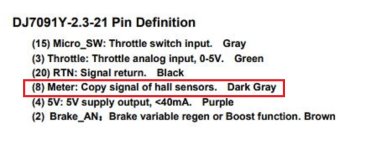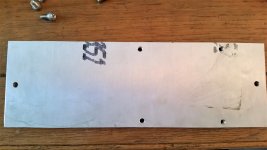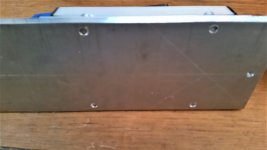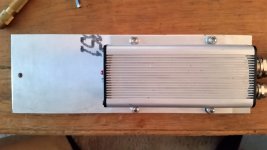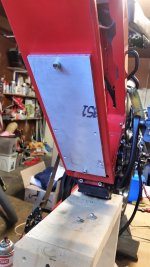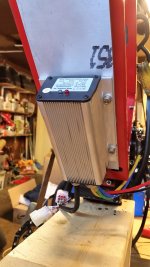by amberwolf » Sep 29 2022 7:34pm
Phase amps are AC, as the current is switched between different phase bridges and coils it reverses. The current is also not "continuous", it is broken up as pulses both as the controller switches between phases during rotation, and as the throttle commands the controller to PWM (slice up) the current to the motor less or more.
To measure it, you need at least two sensors, one on each of two phases (one on each of the three might take less math but takes more hardware), and a computer to monitor both and calculate what the "average" phase current is from that.
The CA (or any other single-shunt-monitoring device) can't correctly measure phase currents because of that.
Battery amps are DC, and very easy to measure by "any" single-shunt-monitoring device.
BTW, some Kellys have an external battery current shunt that you can just add the blue and white wires for the CA to. If it has one, it's right on top with the fuse on the controller battery connections.




